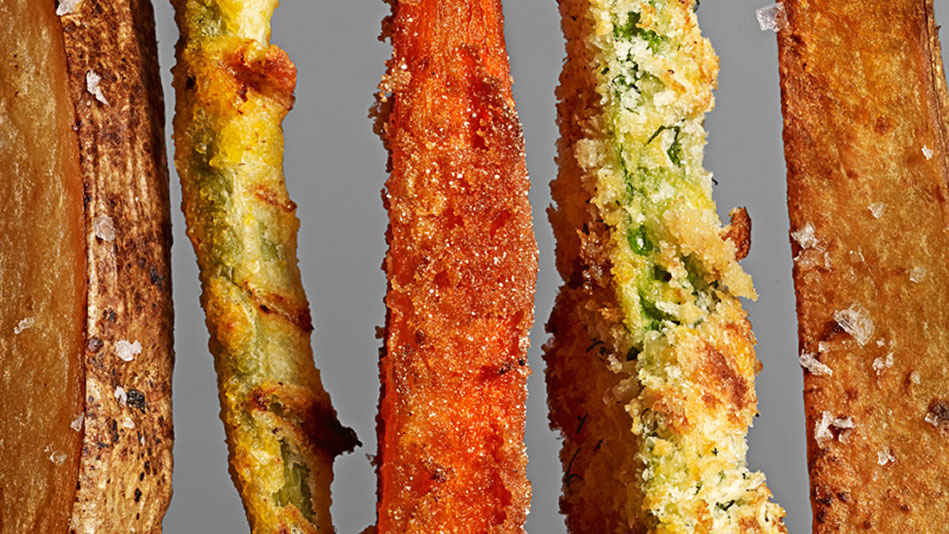There's lots of squash in your not-too-distant future. During summer and early fall, we'll see at least some in almost every crop share box. And, that's a good thing.
What's the most common thing we do with it? Cut it up, steam, sauté it or grill it, and serve. Ta da! Dinner. I do it too. As a matter of fact, it's what's on the menu for tonight. Over the next few months, I'll be doing that a lot. So will you, probably. But around late-July, most of us will begin yearning for something else. It's bound to happen. I'm a big fan of the old TV show M*A*S*H, and one of my favorite episodes illustrates this beautifully: After weeks of liver or fish, there's mutiny.
I don't know about you, but I sure don't want to see my family coming into the kitchen with pitchforks and torches like that. Time to get creative. One really cool thing to do with zucchini and squash is to pretend they're noodles. Get yourself a really, really good peeler, and peel them all the way down until you see the seeds. Now, you have "pasta."
Start easy. Take your favorite lasagna recipe and sub the noodles with either the shaved squash or planks made with a mandoline. (You're not going to touch that mandoline without a safety glove, are you?) Not only did you just use some of that squash, you made your lasagna considerably healthier – and gluten free. Now how hard was that, really?
 |
| Photo via oprah.com |
After a couple of lasagnas with leftovers, we're back to our mutiny condition. Time to get a little more creative. Last week, I made zucchini french fries (baked ones). They turned out to be a big hit, especially with the little guy. Shave your squash, or plank them. You can pretend they're noodles again, but this time don't hide them in the tomato sauce. Use them as a salad. Or just take your favorite primavera recipe, and replace half the noodles with thinly shaved squash (raw).
 |
| Photo via foodandwine.com |
See? Lots of options!



























